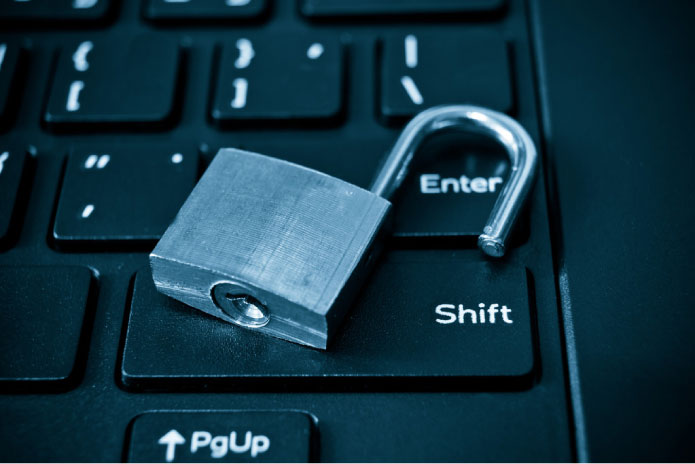The year-end holidays are approaching, and the retail sector is operating at an accelerated pace to meet the increased demand. This period, which brings greater economic activity and boosts sales, also presents a challenge for retailers: the rise in theft and robbery cases. According to the Brazilian Association of Loss Prevention (Abrappe), in 2023, thefts—both external and internal—accounted for an average of 31.7% of retail losses. In this scenario, technology emerges as an indispensable tool for security, offering intelligent solutions that help prevent these losses and optimize store operations.
Monitoring flow and density
Today, monitoring and management systems for customers and employees are more sophisticated, providing quantitative and qualitative data in real-time about store traffic—who enters, how long they stay, and even who passes by the store without entering. With the application of Artificial Intelligence (AI), generating data for real-time decision-making, whether to regulate space density or assist in staffing and service planning. The tool distinguishes customers from employees, calculating entry and dwell rates, and identifying busier areas, which helps adjust staffing and minimize the risk of incidents. With heat-mapping cameras, high-traffic areas can be identified, allowing for redirection of foot traffic to avoid long lines and wait times. During peak hours, retailers can allocate resources efficiently and create a more organized and secure environment for consumers.
System integration: an extra layer of protection
Integrating cameras with traditional systems, such as alarms and electronic surveillance, is a highly effective resource to deter theft and break-ins, especially during critical hours or night shifts. Facial recognition, for example, aids in identity verification, helping to track suspicious activities in real-time. In case of alarm triggers, cameras capture images for instant verification, increasing response accuracy.
Heat mapping and consumer behavior analysis
Another significant innovation is the use of heat mapping, which allows retailers to identify the most visited areas by shoppers. All this data compiled in BI, presented in dashboards by store or store group, facilitates information management. These tools help not only in monitoring and improvement but also in optimizing product placement and the shopping experience. By knowing which store sections have the highest customer traffic, it’s possible to optimize item placement and identify areas of focus to increase consumer engagement.
In parallel, AI-powered analysis systems enable retailers to detect unusual or aggressive activities, such as fights or people running, and even harmful actions like smoking in prohibited areas. One benefit of this tool is that it expands the scope of security by covering aspects of consumer behavior, offering a complete view of store activity and preventing problems before they escalate.
Solutions for smaller stores
For stores facing budget constraints, remote monitoring cameras are a cost-effective alternative. This type of equipment covers large areas with a single device, rotating 360 degrees and adjusting to capture different angles, providing a complete view of the space. Connected to a remote auditing module, the lenses can detect layout irregularities, queues, and other issues that may harm the consumer experience. Additionally, the use of bodycams in small establishments is becoming a practical and discreet alternative. These compact devices capture images throughout the workday without being intrusive and can be reviewed remotely, helping to enhance security without affecting customer service.
The combination of different monitoring and analysis technologies is transforming security in the retail sector. Investing in these innovations not only reduces theft and robbery but also contributes to a more pleasant shopping experience, where customers and employees feel protected, creating an environment conducive to increased sales and customer loyalty.


